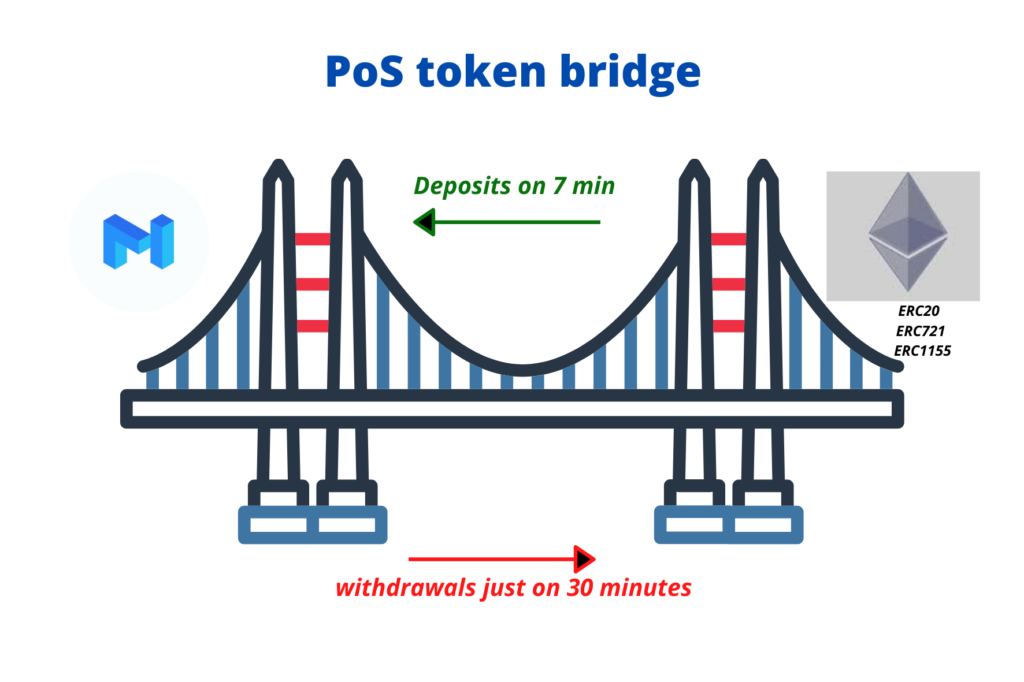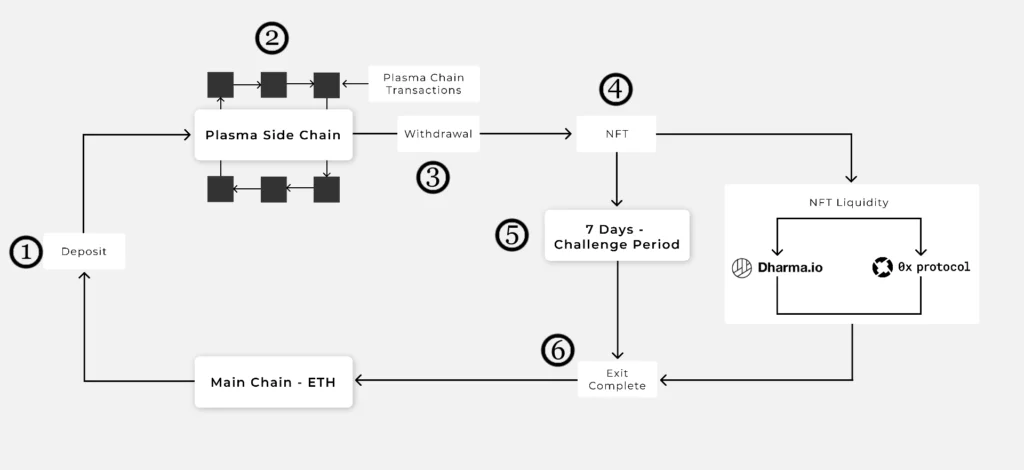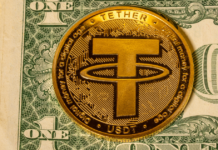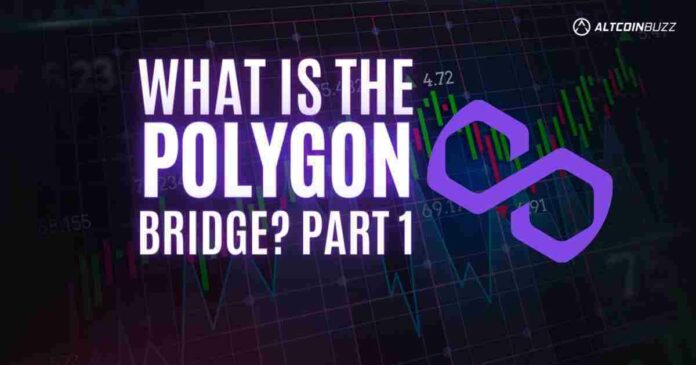Sharing data and tokens between different networks is quite a difficult task. This is due to the growing number of blockchains in the crypto industry. While the growth is good for the industry, several projects have also figured out how to address the data-sharing concern. So, these projects have begun creating bridges between networks to enable asset transfers.
Bridges are an effective solution. Blockchain bridges eliminate third-party interference during transfers. For example, the Polygon Bridge helps to enhance interoperability between the Ethereum and Polygon blockchains. Users can now transfer tokens to and fro with ease using a suitable cryptocurrency wallet.
What Is the Polygon Bridge?
Polygon is a platform for building scaling solutions and Ethereum-compatible blockchain networks. Polygon aims to provide developers the tools to develop scalable decentralized apps (dApps) and boost transaction throughput while paying reduced fees. These offerings will no doubt improve the entire Ethereum ecosystem. Aave, Curve, and SushiSwap are just a few of the well-known DeFi platforms that have already been set up on Polygon.
Users have to move their assets to the Polygon network to interact with dApps and tools there. As we said earlier, bridges facilitate such movements. So, users have to use the Polygon Bridge to move their assets.
The Polygon Bridge is a trustless cross-chain bridge that connects Polygon with Ethereum. It uses smart contracts to enable users to move ERC tokens and non-fungible tokens (NFTs) to the Polygon sidechain.
Using the Bridge
The Polygon Bridge leverages a dual-consensus structure for fast transactions and decentralization. The bridge supports instant cross-chain token transfers without restrictions such as liquidity or third parties.
Using Polygon Bridge is quite simple. First, the circulating supply of the token isn’t affected during the bridging process. Secondly, tokens leaving Ethereum are locked. And a similar number of tokens will be minted on Polygon as pegged tokens on a 1:1 basis. Additionally, the locked tokens on Ethereum will be unlocked once the pegged tokens on Polygon are burned while bridging back to Ethereum.
Polygon uses two major types of bridge for assets transfer:
- the Proof-of-Stake (PoS) Bridge
- the Plasma Bridge.
The PoS Bridge uses the Proof-of-Stake (PoS) consensus algorithm to secure the network. The PoS Bridge processes deposits almost instantly. However, it takes a longer time to confirm withdrawals. In addition, the PoS Bridge mostly supports transfers involving ETH and most ERC tokens.

However, the Plasma Bridge allows for the transfer of MATIC, as well as some Ethereum tokens, especially ETH, ERC-20, and ERC-721. As the name suggests, this bridge leverages the Ethereum Plasma’s scaling solution for security.

Making Transfers
To transfer tokens to Polygon, you’ll need:
- A funded MetaMask account
- A Polygon wallet address
- A Polygon bridge URL
Make sure you’ve protected your seed phrase and written it in multiple places. Afterward, go to the Polygon Bridge URL and confirm the transaction to access Polygon’s wallet. You can send tokens from Ethereum to the wallet once you’re approved.
Next thing is to select the tokens you want to send. Then click on transfer. You might have to wait for up to seven minutes for the deposit into your MetaMask wallet. You’ll see a progress bar on Polygon showing that the transfer has been completed.
We’ll publish another piece showing you how to bridge assets from Polygon to Ethereum and vice versa in detail.
⬆️ For more cryptocurrency news, check out the Altcoin Buzz YouTube channel.
⬆️ Our popular Altcoin Buzz Access group generates tons of alpha for our subscribers. And for a limited time, it’s Free. Click the link and join the conversation today.



























